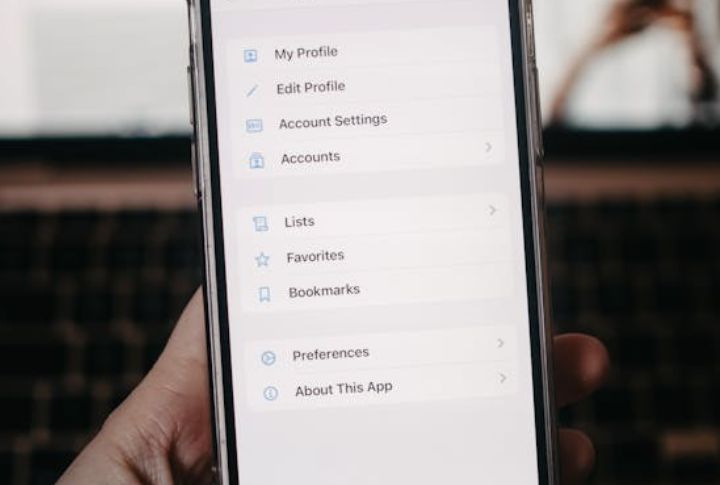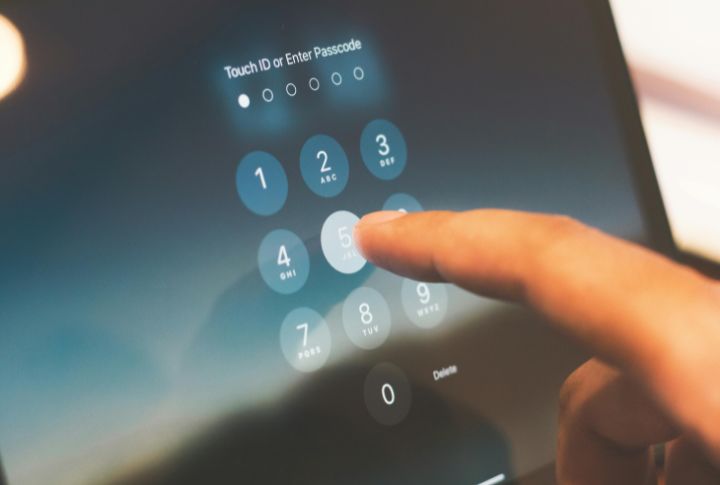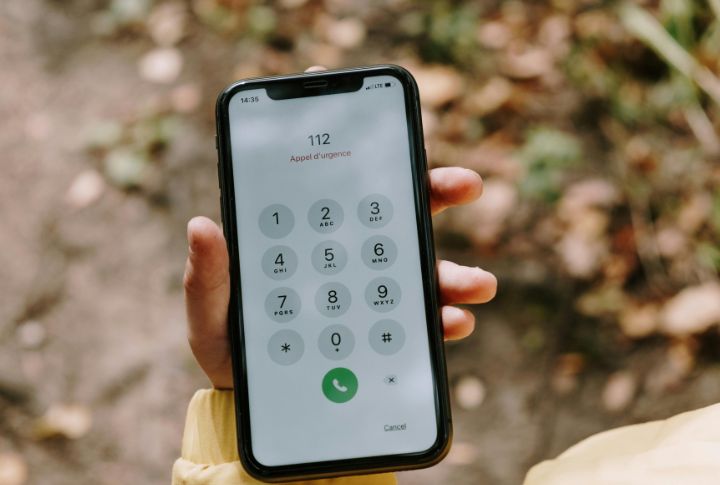
In a phone porting scam, fraudsters convince your carrier to move your number to their SIM card. Just like that, your two-factor codes and account logins land in the wrong hands. It’s silent and seriously damaging. The fix? Strengthen your defenses before scammers ever get close. Here are 10 simple moves that can shield you from phone porting theft.
Lock Your Number With A Port Freeze Through Your Carrier

Switch From SMS-Based 2FA To App Or Hardware Authentication

Still, using text messages to get your security codes? That might not be doing much. If someone ports your number, your codes go straight to the intruder. Switch to app-based options like Google Authenticator; they don’t rely on your number. Believe it or not, some experts call SMS 2FA the “illusion of security.”
Enable SIM Swap Protection In Your Mobile Settings

Both Android and iPhone devices include SIM protection features that block unauthorized access and can alert you to suspicious activity. These settings aren’t enabled by default, so it’s vital to activate them yourself. Doing so helps prevent unauthorized SIM swaps and protects you from scams that could quickly drain your savings.
Set A Strong PIN Or Password On Your Mobile Account

Your telecom provider allows you to lock your account using a personal PIN. That code must be entered before any porting can take place. Some accounts begin with “0000” as a placeholder. Unfortunately, many victims didn’t know their profile lacked this protection until scammers slipped through the gap.
Get Instant Alerts For All Bank Transactions

Activate push notifications for every transaction tied to your bank account. This provides instant visibility if something’s off. Fraud can be prevented when users spot unusual charges as they occur. Since SMS won’t work if your number is compromised, switch to app-based alerts and set them even for minor activity.
Don’t Share Personal Details Publicly Online

Phone porting scams frequently begin with personal information gathered from social networks. Details like your birthdate and mobile provider can help fraudsters impersonate you. Scammers even use LinkedIn to collect job-related data. To reduce risk, avoid sharing personal details publicly online, especially information that could be used to verify your identity.
Add A Trusted Contact For Emergency Recovery

Many digital platforms and financial institutions allow users to assign a trusted contact for account recovery. If a cybercriminal takes control of your main number, this backup can help restore access. A landline or workplace number can be used. Such a layer of protection is particularly helpful during phone-based fraud.
File A Complaint With Your Telecom Regulator If It Happens

Telecom regulators require carriers to follow strict procedures for secure number porting. Victims of stolen numbers should file a formal complaint, as it can trigger investigations or prompt regulatory action. In Australia, the ACMA has fined providers for security failures, and consumer reports have even contributed to changes in national sporting regulations.
Use A Separate Number For Banking And Sensitive Accounts

Use a separate number for banking and sensitive accounts. Keeping it private lowers the odds of it being targeted in a porting scam. Public-facing numbers are more exposed. Many security professionals and celebrities take this step. A few even carry two phones to keep financial activity completely isolated from daily use.
